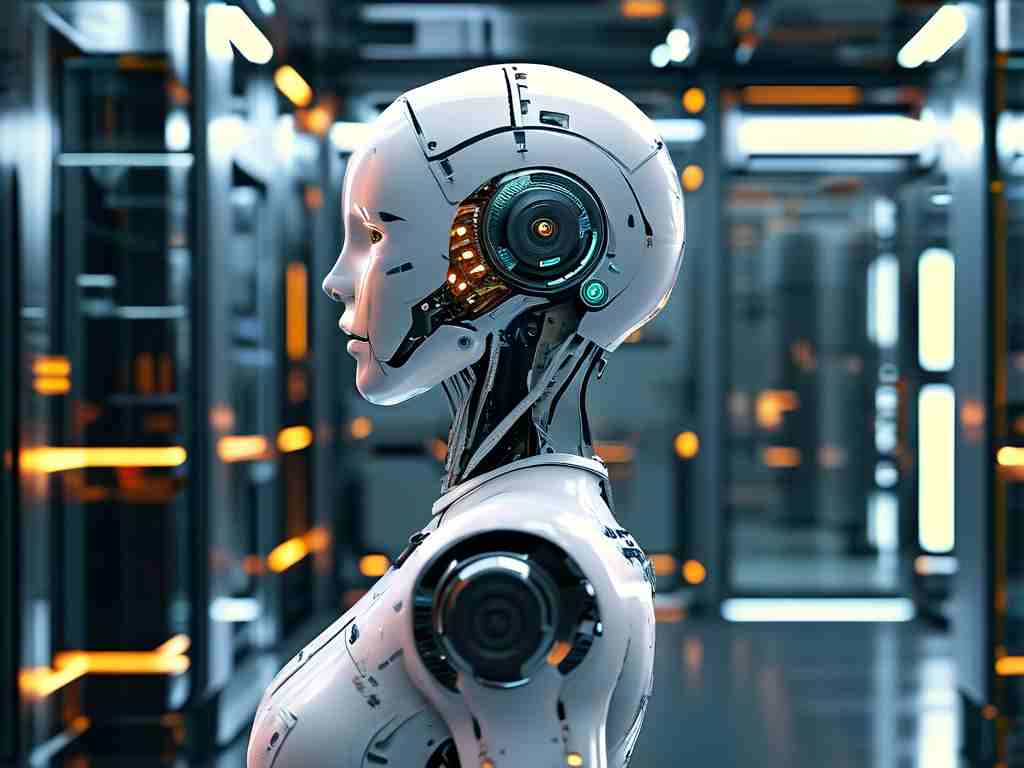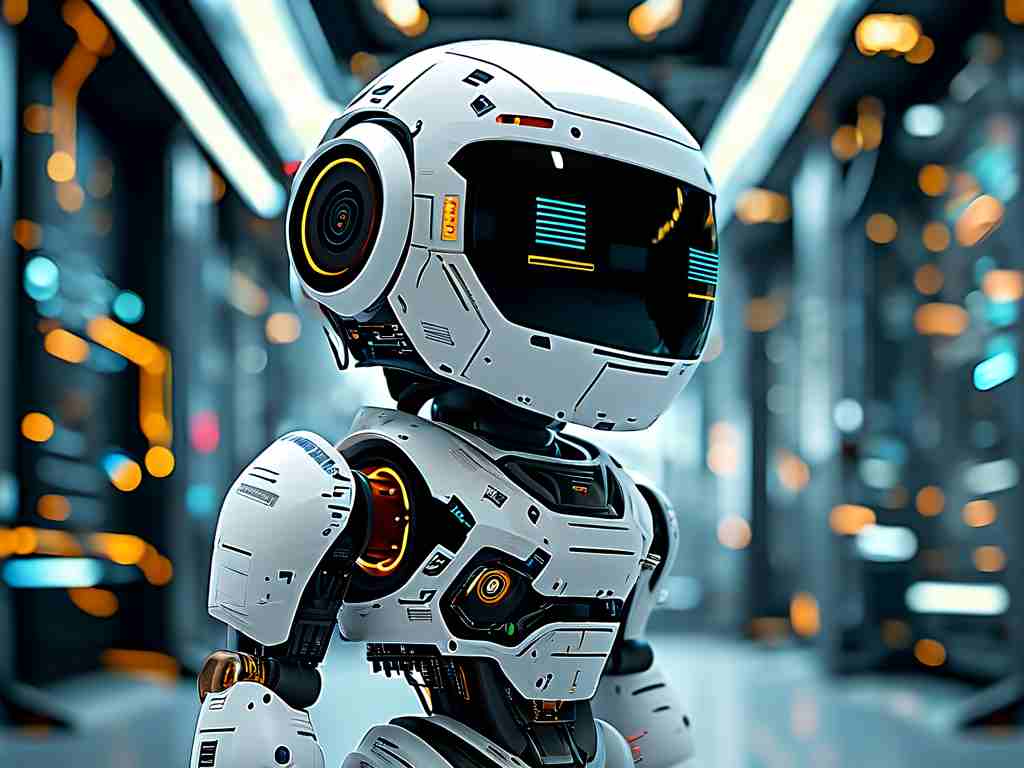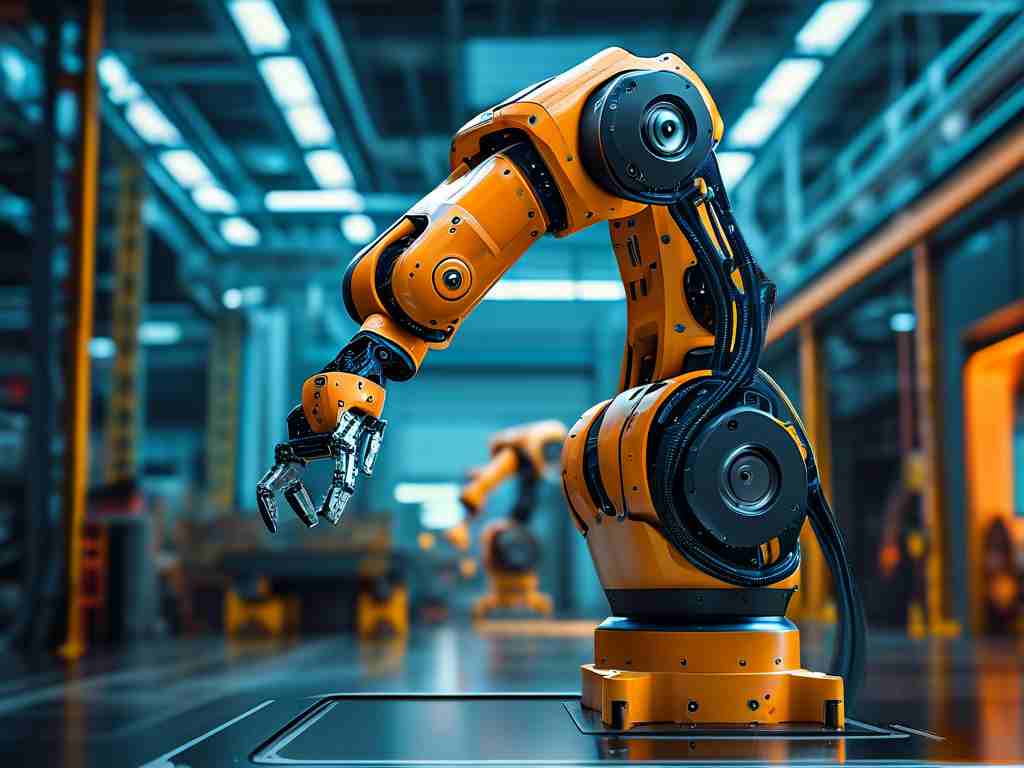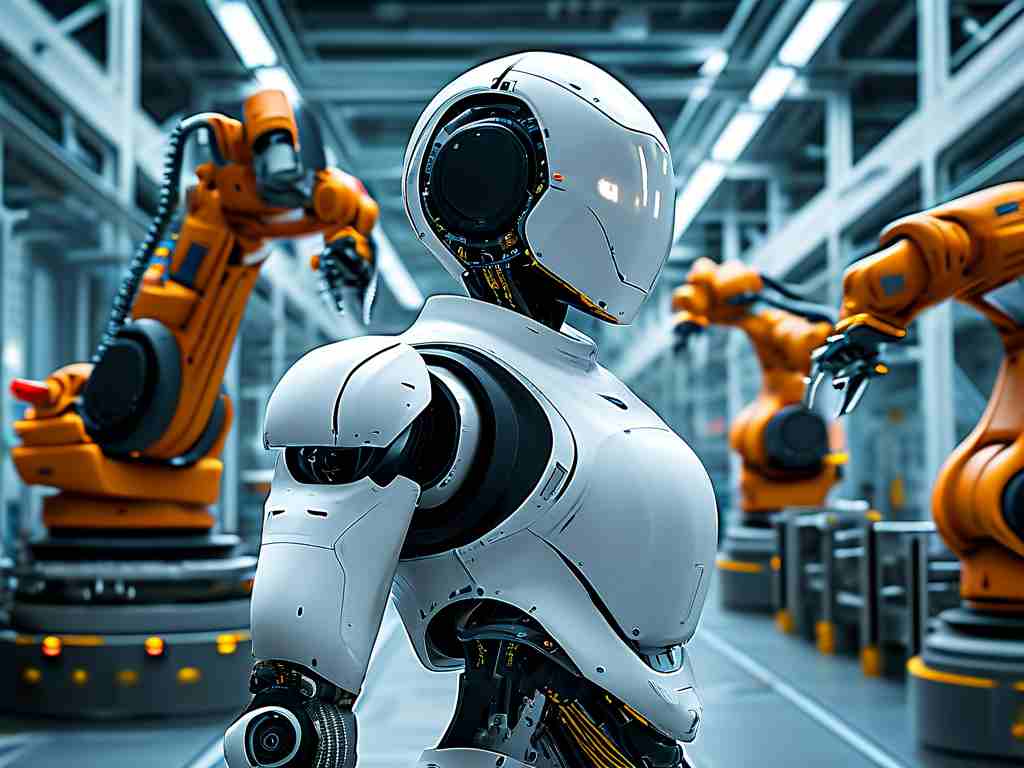The realm of tracking smart robot technology represents a cutting-edge fusion of artificial intelligence, sensor systems, and robotics, driving transformative changes across industries. This innovation centers on enabling robots to detect, follow, and interact with objects or humans in real-time, enhancing efficiency and safety in diverse environments. As we delve into this topic, it's clear that the integration of advanced tracking capabilities is not just a technological leap but a cornerstone of modern automation.
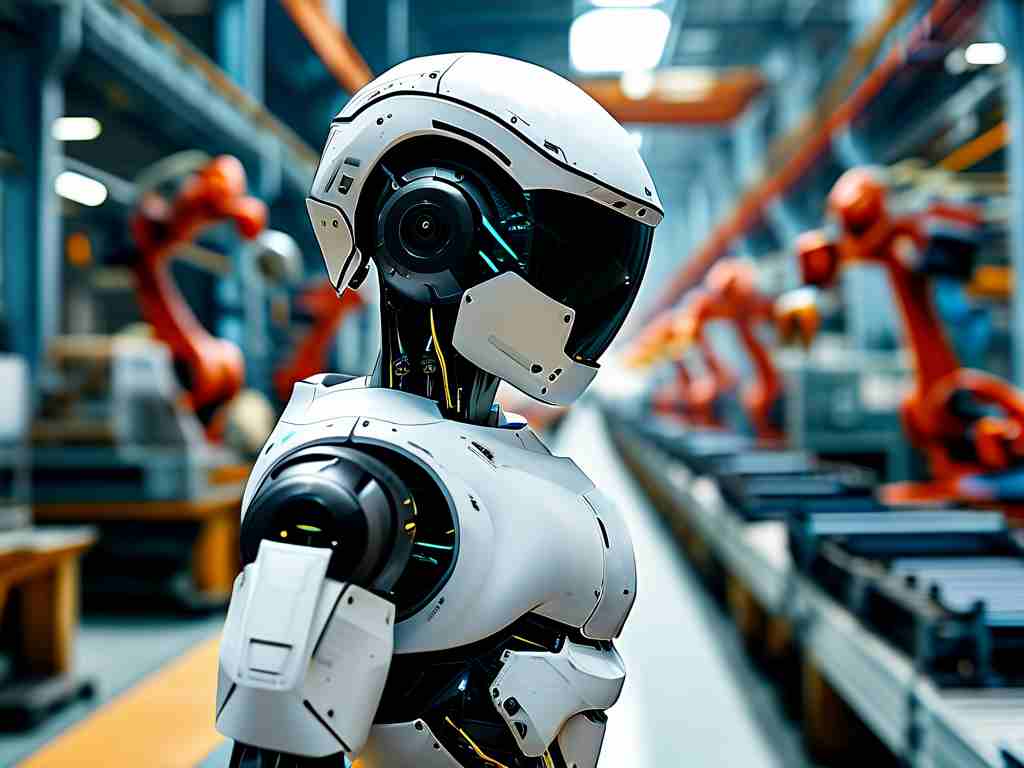
At its core, tracking technology in intelligent robots relies on sophisticated algorithms that process data from multiple sensors. For instance, computer vision systems using cameras capture visual inputs, while lidar and radar provide depth and motion data. These elements are fused through machine learning models, such as convolutional neural networks (CNNs), to identify and monitor targets accurately. A key aspect is object detection, where robots distinguish between items in cluttered spaces, followed by persistent tracking to predict movements. This process minimizes errors in dynamic settings, like warehouses where robots navigate around obstacles to retrieve goods. To illustrate, consider a Python snippet using OpenCV for basic object tracking:
import cv2
# Initialize video capture
cap = cv2.VideoCapture(0)
tracker = cv2.TrackerCSRT_create()
success, frame = cap.read()
bbox = cv2.selectROI("Tracking", frame, False)
tracker.init(frame, bbox)
while True:
success, frame = cap.read()
if not success:
break
success, bbox = tracker.update(frame)
if success:
x, y, w, h = [int(i) for i in bbox]
cv2.rectangle(frame, (x, y), (x+w, y+h), (0, 255, 0), 2)
else:
cv2.putText(frame, "Tracking failure", (100, 80), cv2.FONT_HERSHEY_SIMPLEX, 0.75, (0,0,255), 2)
cv2.imshow("Tracking", frame)
if cv2.waitKey(1) & 0xFF == ord('q'):
break
cap.release()
cv2.destroyAllWindows()
This code demonstrates how robots can lock onto a selected region, showcasing the real-time adaptability required in applications. Beyond code, AI-driven tracking extends to predictive analytics, where robots anticipate paths based on historical data, reducing collisions in autonomous vehicles or drones.
The applications of this technology are vast and growing. In logistics, companies like Amazon deploy tracking-enabled robots to sort packages, slashing human error and boosting throughput. Healthcare sees robots assisting in surgeries by monitoring instruments and patient vitals, ensuring precision in delicate procedures. Security robots patrol areas, using thermal imaging to track intruders, while agricultural bots monitor crop health by following growth patterns. Each scenario highlights how tracking enhances decision-making, allowing robots to operate autonomously in unpredictable settings. For example, in disaster response, robots equipped with tracking tech navigate rubble to locate survivors, relying on sensor fusion to adapt to smoky or dark conditions.
Despite its promise, tracking smart robot technology faces significant challenges. Privacy concerns arise as robots collect and process visual data, potentially infringing on personal rights without robust encryption. Technical hurdles include maintaining accuracy in low-light or crowded environments, where sensor noise can lead to false positives. Energy consumption is another issue, as complex algorithms demand substantial power, limiting deployment in remote areas. Moreover, ethical debates swirl around autonomous weapons using tracking for targeting, underscoring the need for stringent regulations. Addressing these requires ongoing innovation, such as edge computing to process data locally and reduce latency.
Looking ahead, the future of tracking technology in robotics is bright, driven by trends like 5G connectivity for faster data transfer and quantum computing for enhanced AI models. Researchers are exploring swarm robotics, where multiple robots coordinate tracking tasks, mimicking natural systems like bird flocks. Advances in explainable AI will make tracking decisions more transparent, building trust in critical sectors. Ultimately, this evolution promises smarter, safer robots that integrate seamlessly into daily life, from smart homes to urban infrastructure.
In , tracking smart robot technology is revolutionizing how machines perceive and interact with the world. By overcoming current limitations, it paves the way for a more automated, efficient future, where robots not only follow but also collaborate with humans. As development accelerates, stakeholders must prioritize ethical frameworks to harness this power responsibly, ensuring that innovation benefits society broadly.



